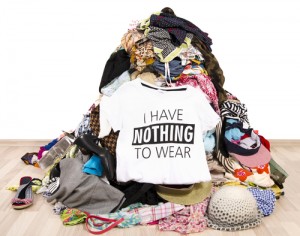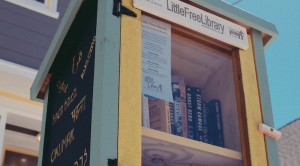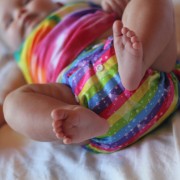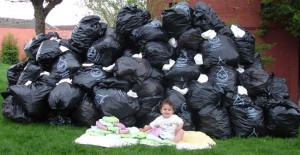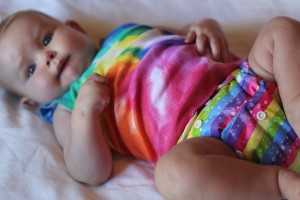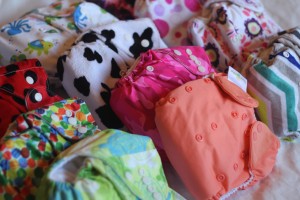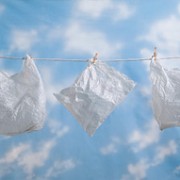Is it worth continuing to try?
Coming to terms with the health of the Great Barrier Reef
(This post has also been published by 1 Million Women under the alternate title, “Why I Won’t Give Up Fighting For Our Great Barrier Reef”)
Do you ever find yourself avoiding environmental reality? For months – years – I had been tuning out to a lot of the updates about the health of the Great Barrier Reef. I always supported the efforts to help it and advocated a sustainable and plastic-free lifestyle, but the facts were sometimes too much to handle and I chose to stay largely in the dark.
Then suddenly, recently, while scrolling through Facebook I started coming across the reports that the reef has succumbed to another major bleaching event. This, again, after last year’s major bleaching event which killed two-thirds of the reef’s precious corals. Some authorities have pronounced the reef dead, while others say that is in critical condition. Either way, this second bleaching event is another devastating blow and not a situation that is forecasted to improve.
I have an eighteen-month-old daughter who is just learning to talk. Every morning she takes me by hand to the baby-proofed drawer that holds her swimsuits and pajamas. She points to it and says “beach?” We live in a beachside neighbourhood so a play at the beach is a part of our normal morning routine.
This morning, while she took off her sandals to jump into the warm, sparkling, bright-white Australian sand, my heart broke. For decades, environmentalists have been warning us to change our ways, or we will lose our natural wonders. Somehow, I don’t think most people really understood the warning or comprehended what it would really mean – and how it would feel – to lose something as magnificent as the Great Barrier Reef.
Will I have to explain what the reef was like to my daughter the way that her teachers will describe the dinosaurs? Is there no possibility of showing it to her in person?
Sitting on our bath towel while my daughter played with shells, I wondered if it is worth continuing in my environmental pursuits. For all our efforts, the reef is dying or maybe has already died. The tropical rainforests of Indonesia and Brazil also continue to be decimated, and the planet continues to warm.
Is it worth trying so hard to get my partner to stop bringing home plastic bags? Is it worth posting photos of my plastic free shampoo bars to Instagram in hope of inspiring one or two more people to do the same? Can the meaningful small efforts of those of us who care really make a dent in the overwhelming issues that seem to be snowballing and suffocating our delicate Earth?
I really am not sure of the answer to these questions but despite my haunting sadness, I feel that if we were to stop trying to help, our souls would die along with the reef. I know that for me, at least, the answer is to keep going.
Note: for anyone local to the Gold Coast, please support my friend Mollie’s initiative to project the Great Barrier Reef. She is holding a beach cleanup and event to support the reef this Sunday, the 30th of April.




